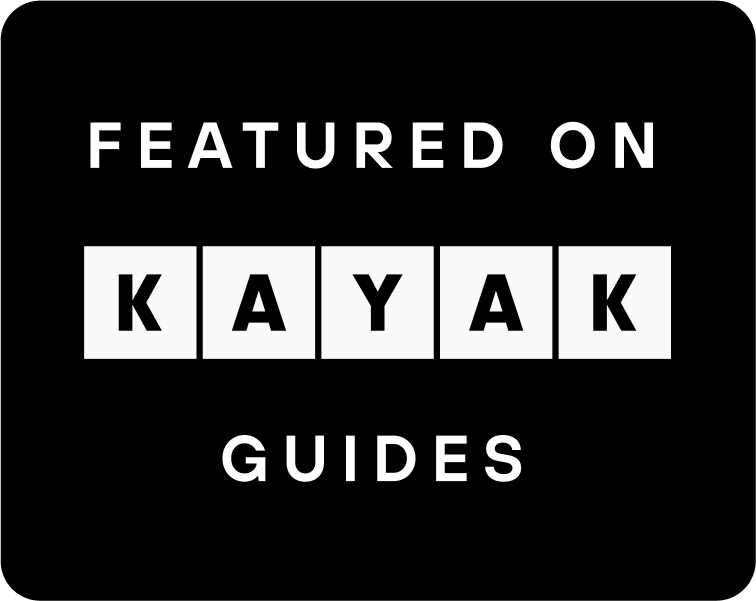Looking & Seeing
one long look at one work of art
John O'Hern is an arts writer, curator and retired museum director who is providing a weekly contemplation of a single work of art from our gallery. In our fast-paced lives overflowing with information, we find it necessary and satisfying to slow down and take time to look. We hope you enjoy this perspective from John.
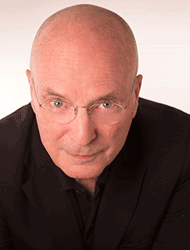
John O'Hern has been a writer for the 5 magazines of International Artist Publishing for nearly 20 years. He retired from a 35-year-long career in museum management and curation which began at the Albright-Knox Art Gallery where he was in charge of publications and public relations and concluded at the Arnot Art Museum where he was executive director and curator. At the Arnot Art Museum he curated the groundbreaking biennial exhibitions Re-presenting Representation. John was chair of the Visual Artists Panel of the New York State Council on the Arts and has written essays for international galleries and museums.
November 3, 2024
ANDREW SHEARS | Migration
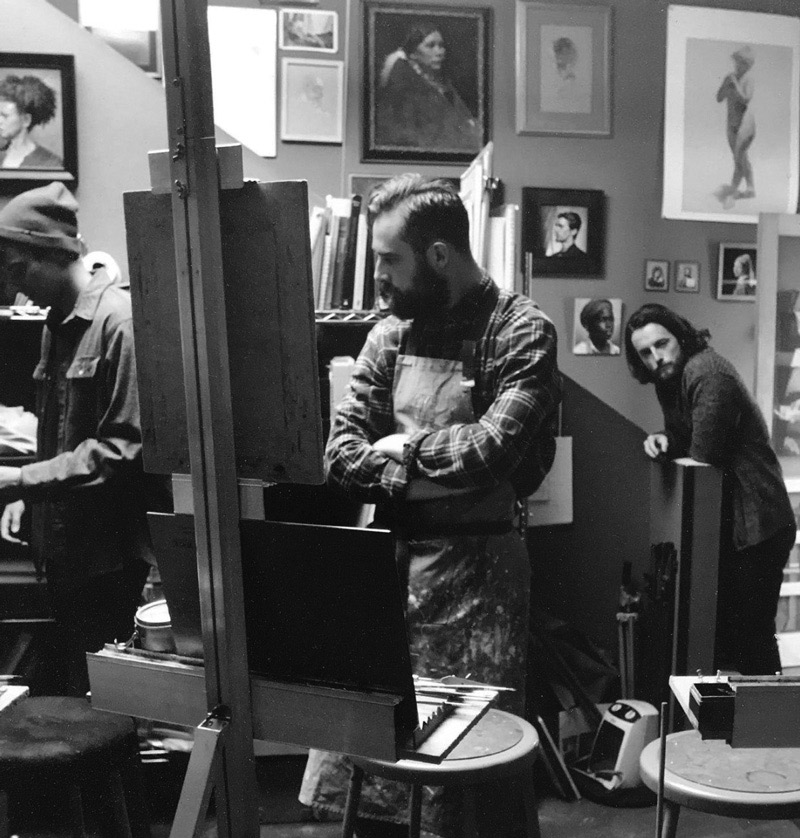
Andrew Shears grew up in Colorado and spent time in the backcountry backpacking with his father. “We would climb peaks but mostly just backpack through the landscape. It was more of a spiritual approach to the outdoors than technical climbing or conquering a mountain. I remember throwing rocks down a huge cliff when I was really young and my father just posed the question ‘How long do you think that rock was there before you tossed it down a cliff and it broke into1000 pieces?’ He didn't need to say anything else.
“Later, I went to the Outward Bound School--30 days in the San Juans. The whole idea is ‘leave no trace’. It's a much more spiritual kind of pursuit than, for example, those that are more technically driven.”
His reverence and awe of nature comes from those experiences and is manifested in his drawings and paintings.
“My father is an architect,” he relates, “I grew up learning about the importance of drawing. He would often show me stuff through drawing—drawing instead of speaking. It was so powerful.
“I was driving up through Colorado with my mom maybe two Thanksgivings ago. We were on E-470 and all of a sudden we looked up and there were millions of birds in the sky. It was absolutely crazy. It looked like Hitchcock’s movie “The Birds”. But it was also just so beautiful. People were pulling over. There was kind of an apocalyptic, orange/pink sky behind it all--very subtle. I had never seen anything like that. I was just arrested by the whole thing, so I decided I was going to make a painting someday.”
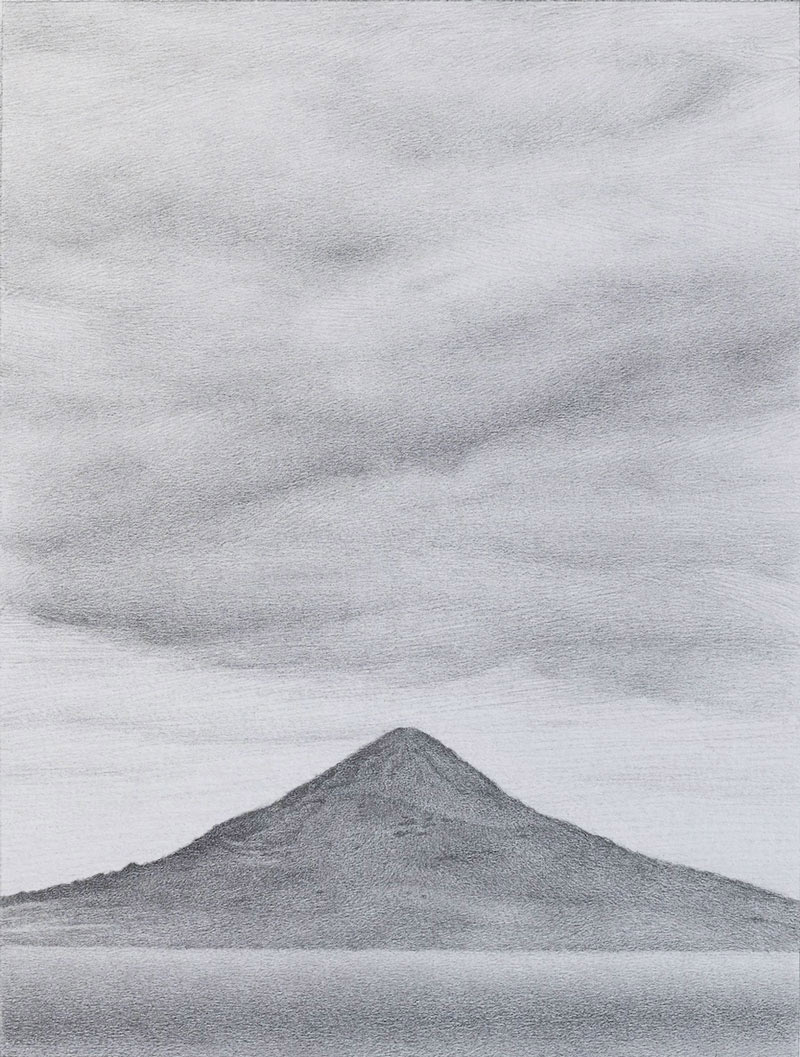 The painting may appear in his next solo exhibition at Evoke in November, 2025. In the meantime, he has done a drawing, Migration, which appeared in this year’s Summer Salon at the gallery. When I walked into the gallery, Andrew’s four, small, 8 x 6” drawings grabbed my attention from the larger, colorful works throughout the exhibition.
The painting may appear in his next solo exhibition at Evoke in November, 2025. In the meantime, he has done a drawing, Migration, which appeared in this year’s Summer Salon at the gallery. When I walked into the gallery, Andrew’s four, small, 8 x 6” drawings grabbed my attention from the larger, colorful works throughout the exhibition.
I’ve always been partial to drawings, I think because of their immediacy and their subtlety. I admire them even more after having spent a summer in Paris during graduate school studying architectural drawing and realizing that I have barely passable drawing skills.
Andrew’s drawings have the immediacy, subtlety and skill that I admire and relate comfortably and logically to his paintings—suggesting, perhaps, new directions in the future.
Following up on last week’s email about my misperception of the size of the figure in Wade Reynold’s Madonna and Nude, I told Andrew that I liked that the birds in Migration are flying toward the sun. He replied, “That's interesting. I had them going to the right and then I looked at it one day and it felt like they were going to the left.
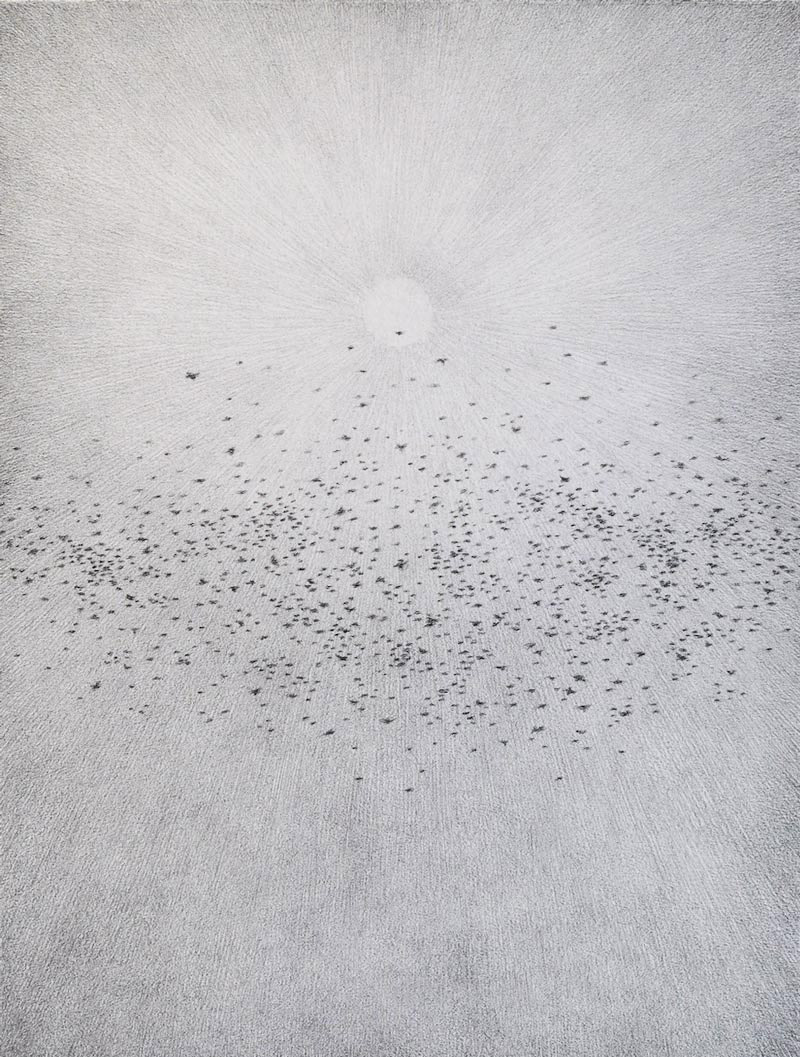 “It’s like when you’re with a group of people lying down looking at a cloud in the sky, and everyone sees something different. Someone says I see this and you can just switch your perspective and see what they're seeing.
“It’s like when you’re with a group of people lying down looking at a cloud in the sky, and everyone sees something different. Someone says I see this and you can just switch your perspective and see what they're seeing.
“I've been thinking more about paintings as objects. Some of my favorite paintings are by abstract expressionists.
“I make realistic pictures or use realistic imagery, which just comes naturally to me. It's my natural sensibility, I think, to draw realistically. But, I love looking at things that function both abstractly and representationally and you can just kind of flip your perspective. That's really appealing to me. The migration idea felt like a perfect opportunity to start doing that. The nature of painting birds from so far away-- you can't just paint every little detail, obviously, so painting those objects lends towards abstraction and this over all pattern of little dots restricted within a rectangle.”
A year from now, we’ll see where his thinking on abstraction and representation has taken him in his drawings and paintings, especially in scale and color.
Andrew first went to journalism school to study advertising. He decided to take some time off and when he returned, he changed course and applied to and was accepted by Pratt Institute in Brooklyn, NY, where he received his BFA degree in 2017. He then studied drawing at Grand Central Atelier for a year before coming to Santa Fe.
“I was reading Cormac McCarthy,” he explains, “and I was listening to a lot of bluegrass music. I was thinking about the west.”
In 2019, he came to Santa Fe to study at the Ryder Studio and is still here today.
After reading Cormac McCarthy, he read “Portrait of the Artist as a Young Man” by James Joyce. “When I learned about Joyce, I started to think about his idea of ‘aesthetic arrest’. I thought, well, what could possibly be more important in our life than that that feeling.”
In an essay on Andrew and his work, his friend Susan Guevara cited Joseph Campbell who commented on Joyce’s concept, “The aesthetic experience is a simple beheading of the object . . . You experience a radiance. You are held in aesthetic arrest… When we are in the presence of great beauty our minds go still.”
“I started to think about my time when I was younger,” Andrew relates, “climbing with my dad. We used to do that a lot. I began thinking about what it feels like to stand in front of a massive peak or being in a huge thunderstorm where you're just suspended out of time. You're just totally arrested by it. I simply can't think of anything more important than trying to evoke that feeling in my work. I don't think I've ever achieved it, but it's something to strive for. With my next show at Evoke, I'm going to make some big paintings. I think it's more likely to happen at that scale.
“I love the process of painting but, I think, ultimately, I want people to look at something and have an experience. There’s something so compelling about creating an image that could provide an experience for someone. Some of the most powerful moments in my life have been in front of paintings.
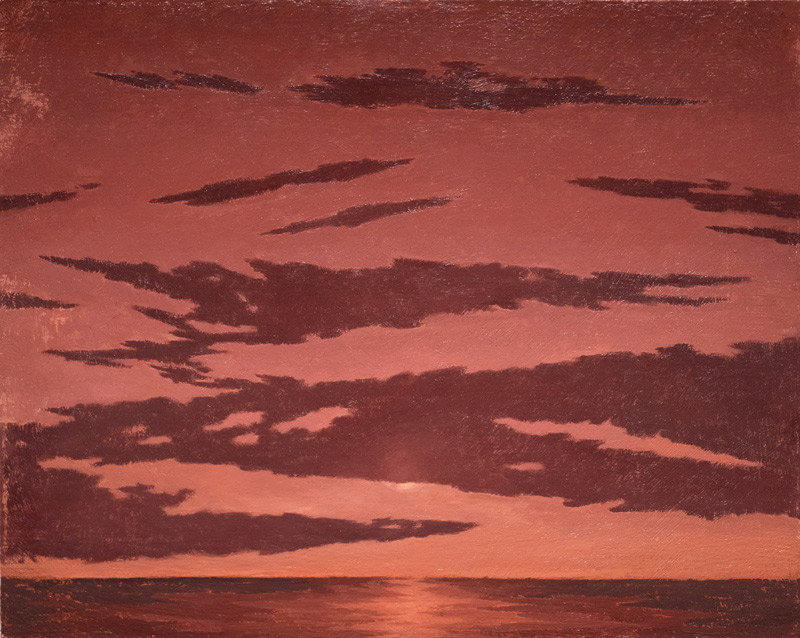
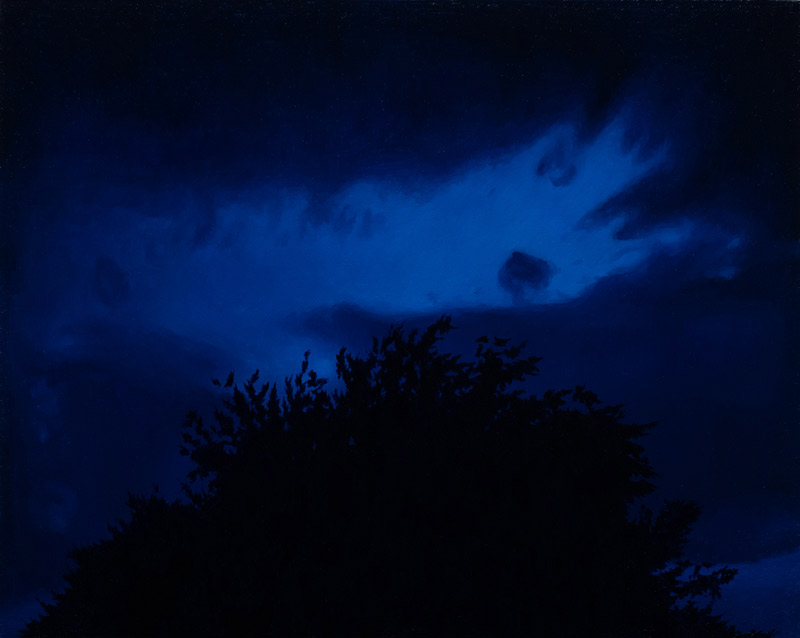
“It's the nature of painting. You make it to be seen, and it has to be seen. Otherwise, what's the point? What's its function? I absolutely love painting, but it can be really hard.”

